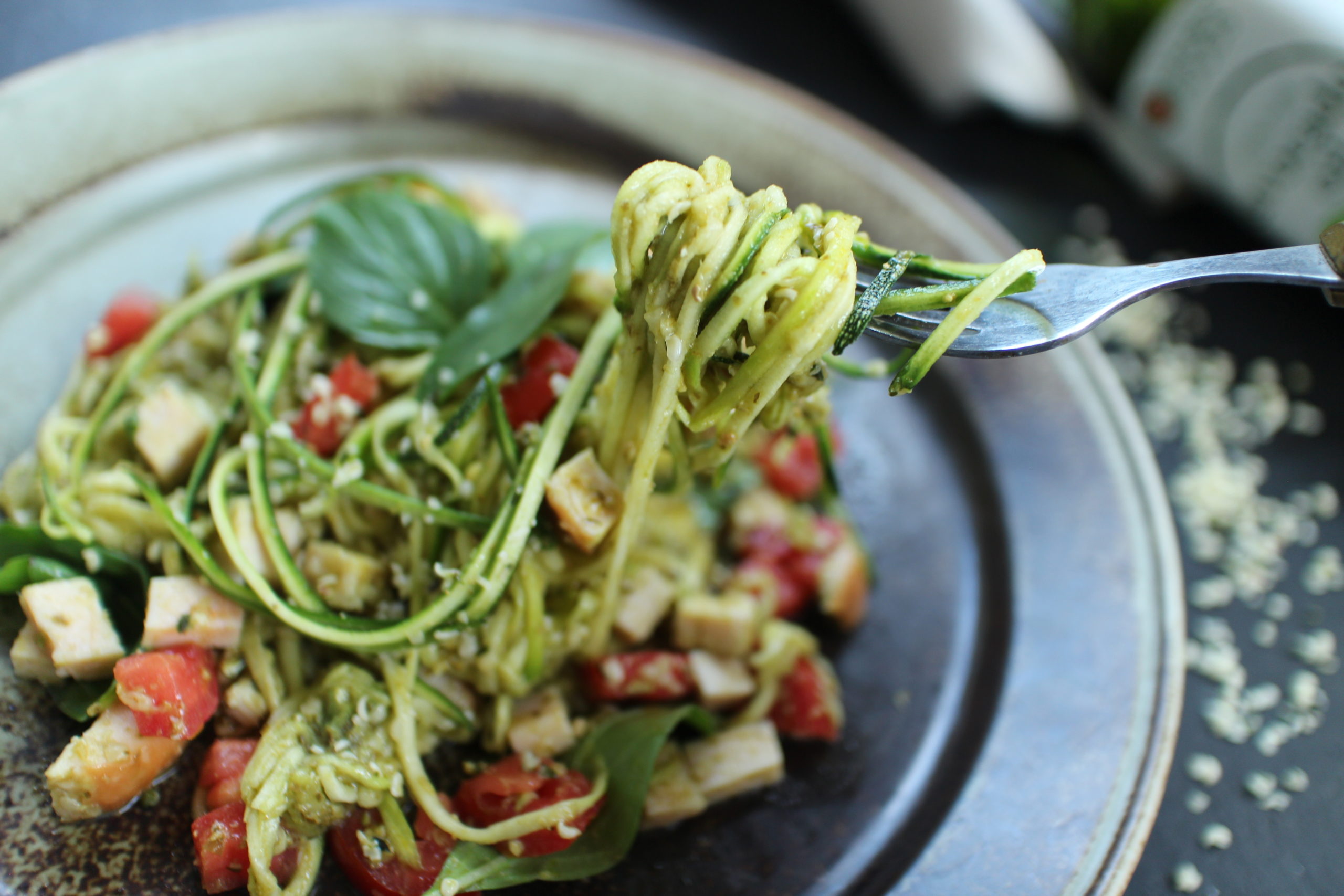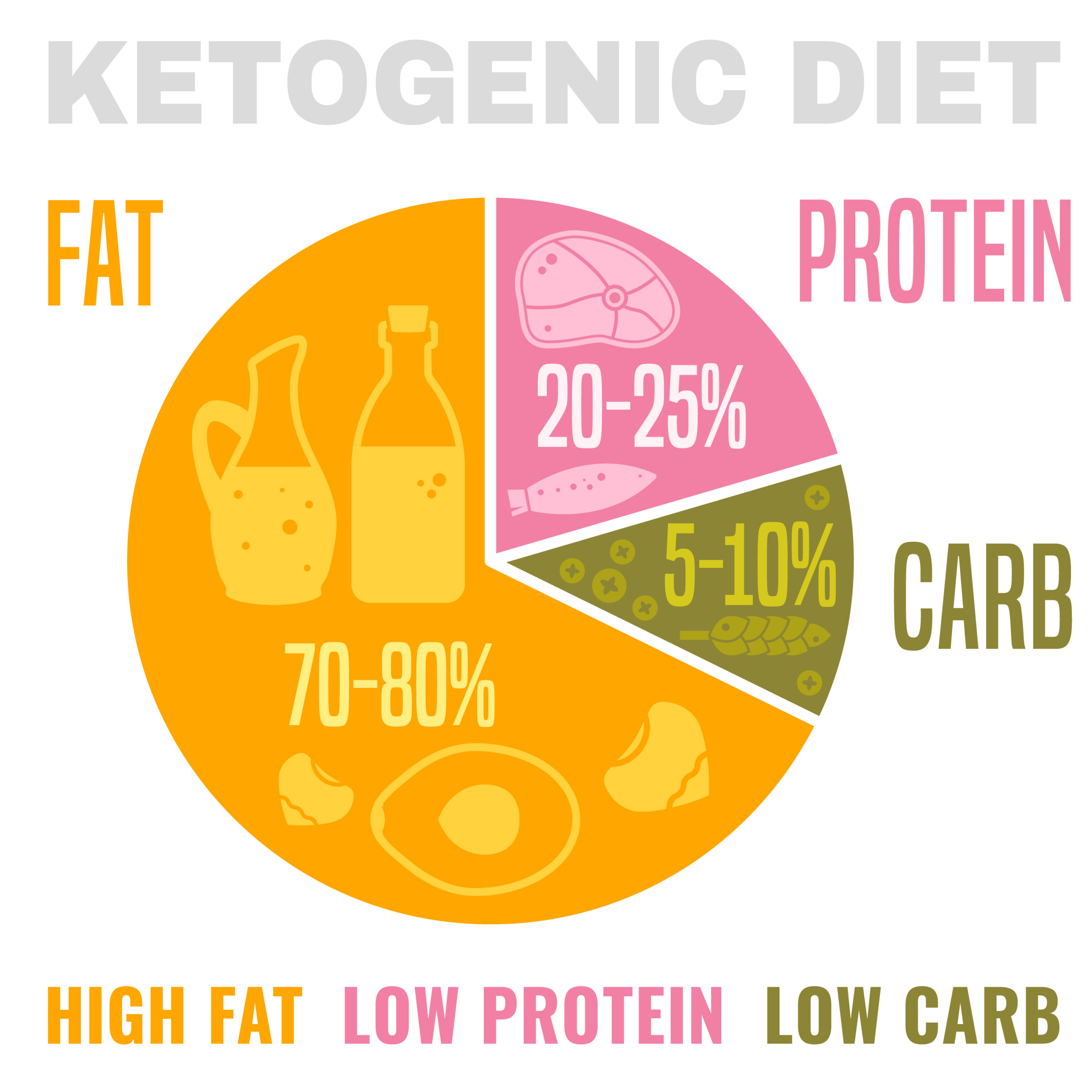Creating Keto Food Products with LabelCalc
Keto. The Ketogenic Diet. Ketones. Ketosis. We can all agree that Keto might just be the biggest fad to hit the food & beverage industry in the last few years, if not ever. This high fat, low-carb lifestyle has us forgetting what skim milk is and instead diving head-first into our formerly off-limits favorites like bacon, full-fat cheeses and butters of all types, and without the guilt to boot. Americans everywhere are rejoicing at the simplicity of lowering their carb counts and embracing delicious alternatives while experiencing effortless weight-loss benefits. And as members of the food industry, we’re eating it up too. If you haven’t surfed the Keto-wave just yet, but are curious about creating Keto food products to appeal to this growing audience, never fear, we’re here to teach you how easy it is to coast on this ever-evolving trend.
Net Carbs
Creating Keto food products does not have to be a complicated process. Actually, the most important rule to creating keto products successfully is knowing how carbohydrates and fiber work together to create “net carbs” and then simply create your product recipes around this particular value. Let’s start at the beginning. Net carbs are simply the carbohydrate value in a serving less the dietary fiber. For example, if a serving of rice contained 25g of carbohydrates and 5 grams of dietary fiber, the net carbohydrate value for that serving of rice would be 20g.
25g carbohydrates – 5 grams of dietary fiber = 20g net carbs
Keto followers have a daily allotment of carbs that typically ranges between 20-50g net carbs per day. Keeping carbohydrate intake this drastically low is the key to unlocking the quick weight-loss benefits that most keto-followers are looking to achieve by maintaining a state of ketosis. Without diving too deep into the science, when the body is in a state of ketosis, it is forced to switch it’s preferred fuel source from carbohydrate to fat. This is why this diet requires a high intake of fat in conjunction with maintaining a low intake of carbohydrate as the body will be looking to fat sources for energy. Given the flavor profile of high-fat foods, creating keto recipes can be a very delicious process as long as you remember to keep the net carbohydrate value low per serving. (We recommend under 10g net carbs per serving).
Getting Creative
When creating Keto food products, it’s important to remember that you have 2 other macro-nutrients you can work with in order to compensate for the reduction in carbohydrates. And if you want to use carbohydrates in your recipe, they need to have a high-fiber value to offset the total carbohydrate count. You can reduce carbohydrates in a dish by implementing these tips:
Swap Grains for Low-Carb Alternatives
For example: If you want to create a pasta-based prepared Keto meal, you can easily reduce the carbohydrate value by replacing starchy pasta with spaghetti squash or zucchini noodles while still maintaining a decadent flavor by taking full advantage of heavier ingredients that naturally accompany a pasta dish such as oils, cheese and high-fat meats. Sauteing zucchini noodles in garlic-infused olive oil is a great way to lock flavor into your new noodle alternative that will compliment the other components of the meal.

Zucchini noodles make a quick and easy grain alternative when you want to create keto food products that are “pasta” based.
Cauliflower has also become a leading ingredient in low-carb cooking due to it’s versatility, neutral flavor and scant carbohydrate value. It can be “riced” and used for rice-based dishes such as risottos and stir-fry or cauliflower can be “mashed” and create a delicious alternative for loaded mashed potatoes.
Beware of Hidden Carbohydrates
Because you need to keep the carbohydrate value low per-serving, it is important that you are able to spot hidden carbohydrates. Condiments are a great example in this regard. Just one tablespoon serving of ketchup contains 5g of sugar/carbohydrates and if you’re using ketchup as the base for a house-made barbeque sauce, these can quickly add up. Luckily, there are low-sugar alternatives already on the market for condiments that can bring your carbohydrate values down in your recipes without compromising flavor.
Explore Sugar Alternatives
Remember, the name of the keto game is to keep the net carbohydrates under 10g per serving. Because sugars tend to be hidden in everyday ingredients, it’s important to know your options to bring sweetness when creating keto food products without increasing the net carbohydrate value. Stevia is a well-known sugar alternative that is about 100x’s sweeter than sugar and can be used in small amounts to effectively add sweetness to sauces and other liquids when used sparingly. The downside to stevia is that it tends to have a bitter after-taste. Alternatively, xylitol can be used 1:1 in replacement of sugar in any recipe. Xylitol is a sugar alcohol that contributes to effectively lowering the net carb value in a dish. Because sugar alcohols are indigestible carbohydrates they count against the total carbohydrate value. Understanding how to use sugar alternatives will allow you to capture a sweet flavor while creating recipes that are keto-friendly.
Experiment with Fat & Protein
Since carbohydrates are in short-supply when creating keto recipes, it is important to utilize the other flavors made available by the 2 remaining nutrients: fat & protein. In our previous example of using mashed cauliflower to create an alternative for loaded mashed potatoes, it’s the “loaded” part that brings all the flavor and familiarity of the traditionally potato-based dish. Whipping the mashed cauliflower with sour cream, and infusing with the other flavors that come from the chives, cheese and bacon, creates a low-carb version that can rival the original. Feel the freedom of offering cuts of meat that haven’t been typically harnessed for their diet-friendliness while pairing with fresh vegetables that are low in carbohydrates and offer a nice texture.
Harness the Power of Your Nutrition Calculator
Coming up with products that are keto-friendly can be a tremendously creative process that allows you to experiment with flavors in an entirely new way. The only thing you need to bear in mind is that remaining keto-friendly means that you have to maintain a certain carbohydrate threshold. This is where a reliable nutrition calculator, like LabelCalc, comes into play. While you create, you can easily enter your recipe ingredients and edit them as you go to create a perfectly balanced keto meal by keeping an eye on your carbohydrate value per serving.
However, all nutrition calculators are not created equal. LabelCalc, for example, has the ability to set dietary thresholds to ensure that your menu item is, in fact, keto-friendly. That’s right, our system is pre-programmed with the correct criteria to make sure you aren’t exceeding a carbohydrate value that would make your menu item unsuitable for a keto-follower.
So if you want to truly take the guesswork out of keto, contact us and get started with the only nutrient calculating software for foodservice that has the ability to help you create keto-friendly meals.

